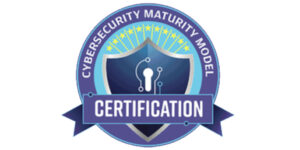The biggest problem that information society as well as businesses face in today’s economy is the fact that businesses collect and generate too much information which is then again stored for later use, to run numbers, to analyze and eventually provide it to the executive to make the proper and educated business decisions. Business executives need instant information, facts, numbers and analyzed data presented to them, if possibly instantaneous and easy to identify. This requirement will allow for educated and sound business decision that will lead the business to success, improved sales, customer service, identification of new partnerships as well as maintaining a competitive advantage over their competitors.
Although technology is a very helpful tool in this process, many businesses are relying on their various IT systems such as business intelligence, knowledge management and CRM tools to be able to identify, analyze and present data to executives and managers. But do all these various business intelligence tools such as data mining, data warehousing, OLAP just to name a few contribute to the overall strategic information management or are there drawbacks that businesses need to consider? This paper will analyze the role these tools play in the current business world, what the drawbacks are as well as how businesses will benefit by implementing these tools in their daily business environment.
Information management has become a critical factor to the success of contemporary organizations, business as well as governments throughout the world Information is intricate and its management can be elusive, as the quality aspects of information are often ignored. Management of information has become a business philosophy, an aligning policy, strategy and culture and technology is being used to facilitate the ways information can benefit businesses. Thus, information management is not just a management activity, but also a strategic one delivering a competitive advantage to any kind of business if it is properly used and managed (Kostoff and Geisler, 1999).
Strategic information management is a critical, integrated part of any general management framework. Similar to the way modern organizations have gradually become dependent on information technologies, strategic information management has become an indispensable tool through which to view most vital general management decisions. It typically involves defining a mission based on customer segments, geographical area and needs by establishing core processes that accomplish the mission, understand the key decisions that guide mission delivery processes, supporting those decisions with the right information available to the right people at the right time by using technology to collect, process, and disseminate information in ways that improve the delivery of products, goods, and services to customers (GAO, 1994).
Strategic information management which in this paper is defined as managing information and information technology to maximize improvements in mission performance is a crucial initiative for all business as well as commerce oriented organizations, due to their focus on results-oriented management. With strategic information management, improved management information and restructured work processes will gradually reduce costs, increase efficiencies in various work processes and increase service levels. Without it, many businesses will find their efforts to move to results-oriented management which will be hindered by their inability to develop a vital data and useful information systems that support performance measurement and substantive mission improvements (Thearling, 1995).
In order to achieve successful strategic information management, the fundamental practices have been grouped into three key functions critical to build a modern information management infrastructure. These main categories are decisions, support and direction. These can be implemented by deciding to work differently, directing resources toward high-value uses, and supporting improvement with the right skills, roles, and responsibilities on all levels within the business structure. The decision to change requires an initiative to mandate and facilitate major changes in information management to improve performance. Many businesses have an approach to information management characterized by a short-term focus that emphasizes the status quo and a largely paper oriented planning process that is tied to existing ways of doing business but not necessarily a long term strategy allowing for identification of areas that can be improved. (Kostoff and Geisler, 1999).
To get away from this, businesses will need to turn around and initiate the process to design a strategic information management system that will allow them to succeed in their mission. Strategic information management will only work when businesses are ready to improve, assess specific mission-related performance problems, clarify the linkage to information management and emphasize the need for a priority solution that integrates mission and information technology decision-making organization wide. Business managers and executives usually decide to change for one reason which is strong pressure to cut costs or increase service quality and efficiency. As such, they are forced to assess ways of achieving cost reductions or service improvements, including improving mission benefits captured from information systems investments. (More, 2007).
Although the number of businesses implementing business intelligence, knowledge management including data warehousing and data mining solution to improve their success rate is increasing constantly, businesses need to realize that not all information matters equally. Many enterprises have developed a one-size-fits-all approach to managing information which many times includes policies to save all enterprise information indefinitely, or to delete all data after brief periods of time. Such extreme methods of information management are not effective, as they treat all data and content as equally important to the business strategy and overall success. Information varies greatly in importance, depending upon its content and the nature of the business. Different types of information can be valuable for different periods of time and for different purposes. Another mistake that businesses make when dealing with strategic information management is the focus on risk rather than identifying information opportunities. This happens when businesses approach information management only or mainly when responding to regulatory and compliance requirements such as Sarbanes- Oxley. Unfortunately, the information that organizations are required to store is not always the same information needed to run the business and succeed in their mission. Compliance information does not make organizations more competitive, since all companies in a given industry must store and maintain the same data. Regulation is an equalizer. Businesses should comply with regulatory requirements, but focus their energies on the opportunities provided by the information they collect and generate. And this is when business intelligence, knowledge management and OLAP solution can come in very handy and provide the needed extra tool to maintain business advantage and set them apart from the competitors (More, 2007).
The opportunities that are being provided by information as well as the various tools helping to analyze and preset information are not always easy to identify by the businesses and that is one of the main problems that businesses face when dealing with strategic information management. Not only is the choice of software and technology a major factor in the overall success of a strategy but also problem identification plays a major role. Only when a problem has been properly analyzed and the needed result has been identified, businesses can then start making decision what system will bring the solution and how to implement it. Without a problem and a needed result, information strategy planning will not bring the needed success that businesses try to achieve by using information management solutions. Even the latest and the best technology in place will make a business successful if the problem and a goal have not been thoroughly identified and mapped.
Business intelligence tools such as data mining, data warehousing, OLAP, knowledge management systems and business intelligence solutions have a tremendous impact on strategic information management and how business is done in the future. Only information management strategies that include technology as well as the actual business processes will succeed and allow businesses to maintain their competitive advantage and improve their market share. A thorough understanding of business problems and presenting the results in a way that the user can understand is what strategic information management needs to achieve. At that point the knowledge and information provided by the technologies will be understood by people who can turn what is known into what can be done.
![]()
![]()
![]()
![]()





